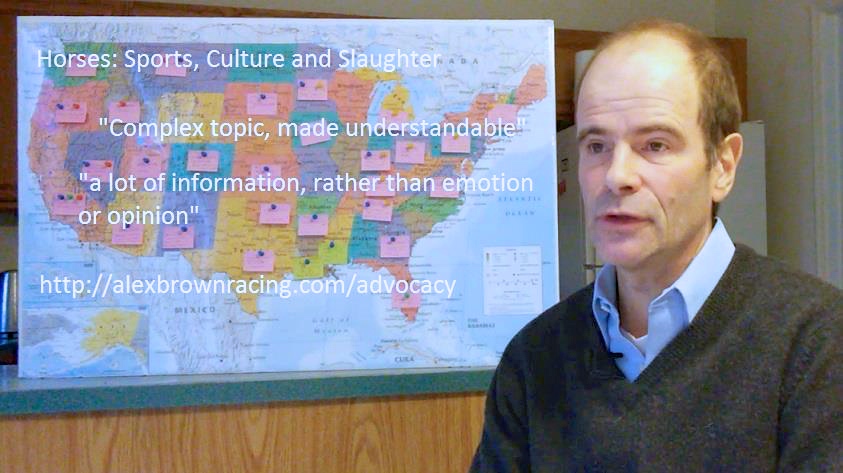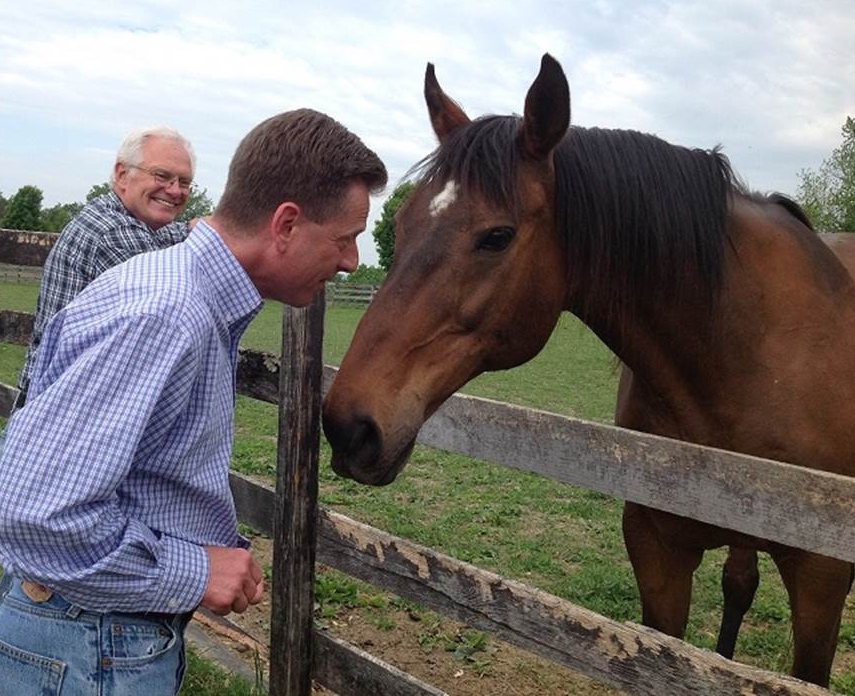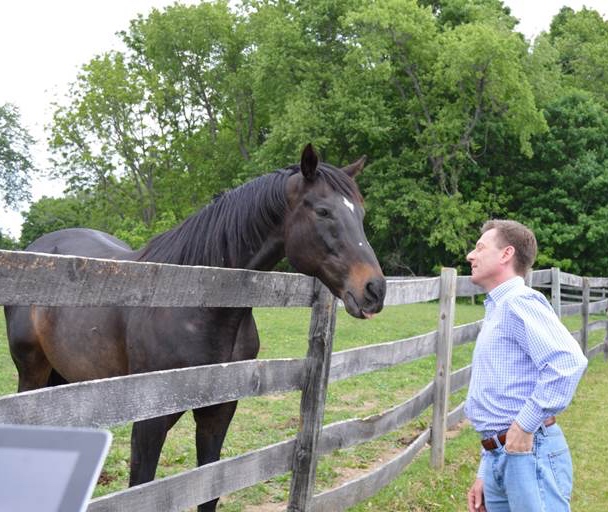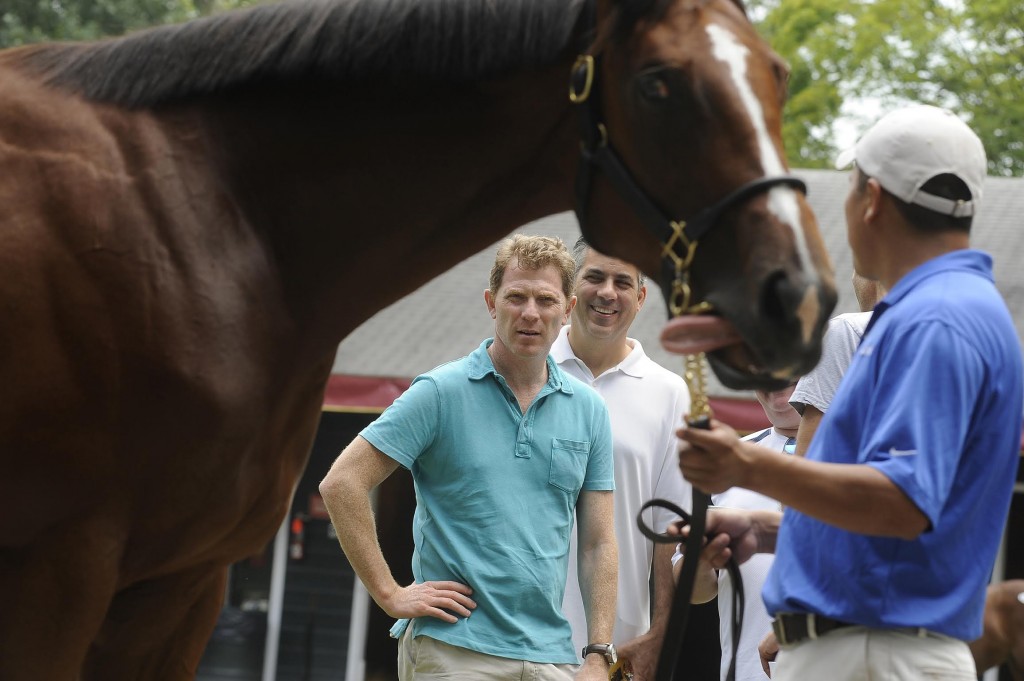
Alex Brown, longtime Thoroughbred advocate and author of Barbaro book, releases a three-video series on horse slaughter.
Alex Brown, author of Barbaro: Greatness and Goodness, concludes his eight years of horse advocacy work by the unveiling of a three-part video series to codify what he has learned about horse slaughter.
Three, 55-minute videos titled “Sports, Culture and Slaughter” were published May 14 on You Tube and also on Alex Brown Racing, his popular website, with the goal of offering an overview on a subject “people don’t want to look at, but should” Brown says.
“My target audience is John Q. Public, and not the hardcore animal rights people, who I think live in an echo chamber and create content for each other,” says Brown, a longtime horsemen who has spent many hours sitting in auction houses where horses are sold to slaughter. “When I started this project I asked myself why would the general public care? My goal is to try to convince these people to get the word out and watch the videos, and to understand that horses are not food animals, but that they are in the food chain.”
The breadth of the work covers the scope of slaughter, from the routes horses travel in America to slaughterhouses in Mexico and Canada, before ultimately served as food in European and Asian countries. Acknowledging that slaughter is perfectly legal, Brown sought to document the activity in an evenhanded manner, which is neither gory nor emotional, he says.
He hopes that by building public awareness of the issue through his presentation, alternatives might eventually burble up and help augment the progress already being made to divert horses from the slaughter pipeline.
“The reality is that what we have is an unwanted horse problem,” he says. “In our country, it’s what we’re doing with (many) retired racehorses. Although we’ve made great strides to promote the breed and alternatives through programs like Steuart Pittman’s Retired Racehorse Project” which retrains Thoroughbred racehorses for new careers “and there’s lots of other activity, with horse rescue organizations, the reality is, it’s not enough.”
He adds, “We’re taking care of the unwanted horse problem through slaughter, period. That’s the reality.”
Insisting that the horse industry needs to “wake up” and deal with the issue on the political level, Brown says it will take a larger groundswell to put a stop to the numbers of horses winding up in the slaughter pipeline.
“Until they wake up to it, the rescue efforts are only taking care of a very small percentage of at-risk horses,” he says.
Please watch the videos, or read other interesting material about horse slaughter here: http://www.alexbrownracing.com/advocacy/





